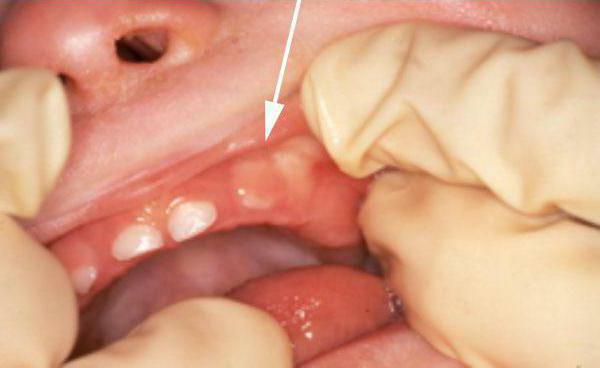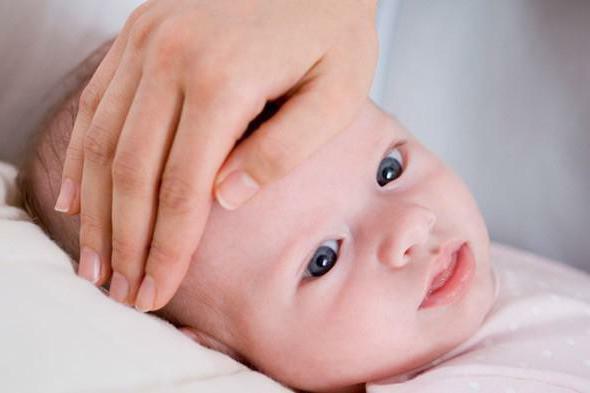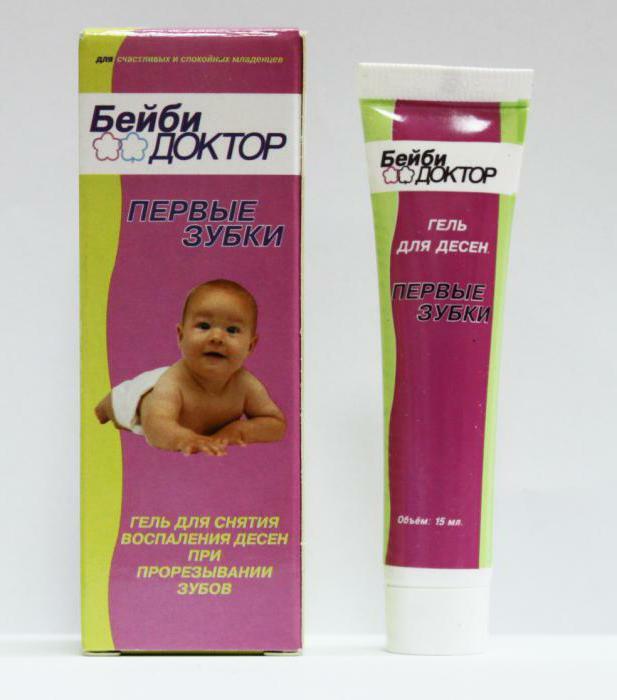Teething canines in children: symptoms, photos. How to relieve a child's condition
Each new baby tooth is a real joy for his parents. And how much torment they deliver to the child! Many mothers and dads complain about sleepless nights. These days the newborn becomes excessively capricious and refuses to eat, he can get fever and even develop a rash. Especially hard to survive the eruption of canines in children. Why is this process so painful? How to help the child with it? Answers to these questions can be found in the article.
Children's teeth: before and after birth
The formation of the human dental system begins in the pre-natal period. In the second trimester of pregnancy, the future jaws are laid. At this time, a great responsibility falls on the shoulders of the mother. The more closely she approaches her way of life, the less dental problems her child awaits. 
For full formation of bones and teeth, calcium is required. In the female body, this substance is sufficient, provided that it eats well. Sometimes a gynecologist additionally appoints special drugs with a high calcium content, which are designed specifically for the prenatal development of the fetus. When a child inside the womb is experiencing a deficit, he begins to make up supplies from the bones and teeth of his mother. If the female body is exhausted, a lack of calcium can adversely affect the baby's health.
All children are born without teeth. Already in half a year there are central incisors, and behind them go extreme. Next - molars. Teething canines in children are usually observed after 16 months. First climb the top, and later they are joined and the lower ones.
The formation of permanent teeth begins with the first months of the child's life. They will appear not earlier than in 6 years. However, care for them is necessary from the very first days. To do this, the mother should think about the full nutrition of the crumbs. Pediatricians recommend giving preference to breastfeeding. In this case, the woman herself should enrich her diet with high calcium foods. If there is no possibility to breastfeed, it is important to choose quality artificial mixtures.
At what age do fangs appear?
Although fangs appear only in 16 months, bother the baby they begin long before this age. The swelling of the gums usually signals a quick joy. Teething canines in children always begin after incisors.
This is a rather complex process, due to certain anatomical features. Fangs have long roots that go deep into the gums. On the other hand, the facial nerves are very close to them. Approximately 22 months, each child can boast with upper and lower canine teeth. However, the time frames listed are conditional.

The duration of the eruption process is also individual. In some cases, it takes 2-3 months for the fangs to become a real decoration for the child's mouth. Sometimes a few days are enough. Parents do not need to panic ahead of time, if their teeth do not grow as fast as they want.
First signs of canine eruption in children
To determine the rapid appearance of new teeth in the mouth in a child, almost every mother can easily work. At first the kid becomes restless and begins to be capricious for any reason. Then there is increased salivation. To eliminate the unpleasant feelings on their own, the crumb can pull toys into the mouth.

In the process of erupting the fangs, saliva enzymes act on the mucosa of the gums. The child constantly tries to scratch them, so he injures soft tissues. The appearance of a small amount of spotting is accompanied by a characteristic metallic smell. To be frightened it is not necessary, after all after a while it will disappear. Components of saliva have antibacterial action. They "wash" the existing wounds and promote their rapid healing.
Teething canines in children are often accompanied by the appearance of a rash on the face. Small pimples can occur either because of excessive salivation, or because of frequent wiping of face with coarse napkins. Among other symptoms, it should be noted:
- poor sleep;
- lack of appetite;
- puffiness of the gums;
- reddening of the mucous throat.
The appearance of new teeth is sometimes accompanied by a severe runny nose. It occurs against a background of decreased immunity. As a result, the body's defenses can not cope with viral infections that attempt to attack the child everywhere.
If the temperature rises. ..
Do not perceive a disease or serious deviation of teething in children. Photo babies prove that this is a completely natural function of the body. In this state, an increase in temperature is observed extremely rarely, but it is not excluded. If the fever worries for several days and causes discomfort, you need to call the district pediatrician.
An experienced doctor can only distinguish cold from the process of teething by visual signs. Usually, doctors recommend that the temperature be brought down only if it exceeds 38 degrees. To do this, not all medicines are suitable, so self-medication is unacceptable. Of those allowed, it is recommended to choose those drugs, the action of which has already been tested on the baby's body. Particular attention deserves:
- "Paracetamol".
- "Ibufen".
- "Nurofen".
- "Cefekon".
The temperature at the canine eruption in children may persist for several days. If the fever does not pass more than three days after the start of treatment, you need to call the doctor again.

How are the eye teeth and fangs connected?
Many parents have heard that the first tooth is complete nonsense. As soon as the eyes come on, then you have to suffer. What teeth are called so?
The canine teeth on the upper gingiva are otherwise called ocular. Why? By this name they owe their location - near the eye nerves. Multiple branches connect the upper part of the face and the central nervous system. If these nerves are very close to the gums, the eruption of the upper canines in the child is accompanied not only by capriciousness and refusal to eat, but also by lacrimation. In some babies, doctors diagnose conjunctivitis.
How to relieve a child's condition?
Pediatricians recommend parents to stock up in advance with special teethers. They are sold in children's stores and pharmacies. Instinct makes the baby try everything with his teeth, so he will like this toy. Plastic or rubber "healers" are filled with gel. Its cooling effect helps to relieve itching and swelling. After all, these signs usually accompany the eruption of canine teeth in children.
Symptoms of new teeth will also help to remove a special massage. To do this, the finger should be wrapped with gauze soaked in water at room temperature. After that, you can start easy massage movements in the inflamed places.

Drugs
Pharmacological companies offer a wide range of drugs to relieve severe itching and pain during teething. Pediatricians most often appoint "Dentinox", in which the chamomile is present. This tool should be used three times a day, but first it is recommended to test for an allergic reaction. Another effective drug is "Baby Doctor", which is suitable even for babies. A drop of "Dantinorm" not only relieve pain, but also contribute to the elimination of digestive problems. They differ in the cumulative effect.
Before giving any medicine to a baby, it is important to consult a pediatrician. Otherwise, you can only harm a still fragile body.

Proper oral hygiene
It does not matter how many teeth the child has already got out. Care for them is necessary from the first days.
If the crumb is still very small, oral hygiene should be done with a special fingertip. It is a small brush made of silicone, which is put on like a thimble. You can also use a normal gauze swab. When the child is a little older, he should buy a separate brush.

Babies are advised to use only baby paste. It contains the components necessary for the milk teeth, and fluorine is absent. In addition, the abrasivity is markedly reduced. Therefore, the hygiene product does not scratch the tooth enamel. When cutting canines, this cleaning will help to further massage the inflamed gums.
